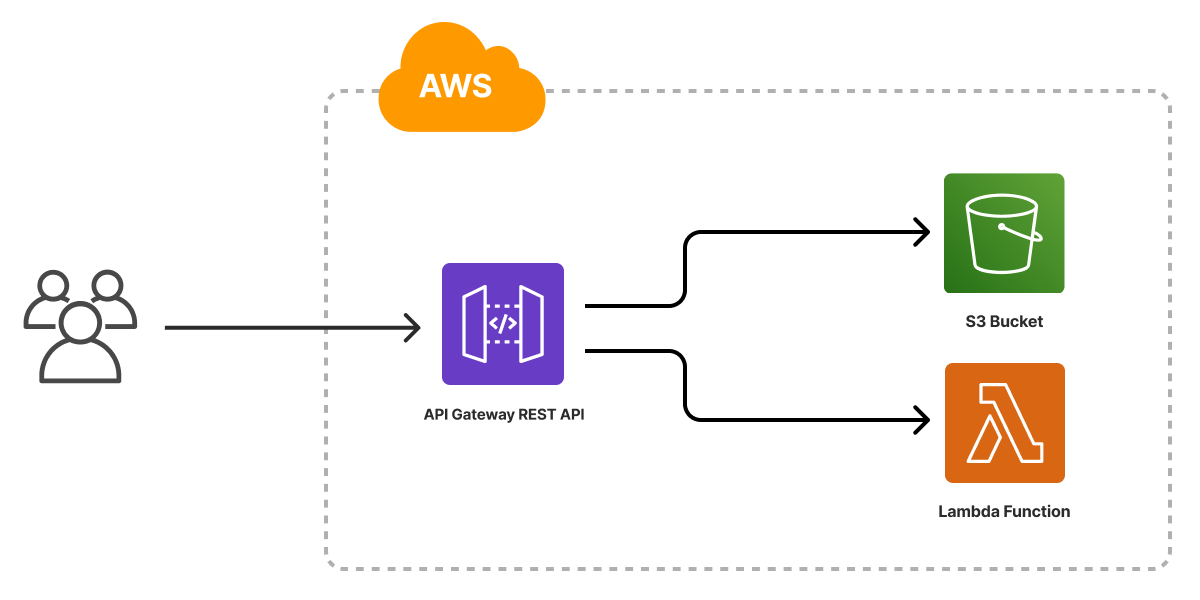Designing Reusable Infrastructure as Code
Master Pulumi Components: Learn to create reusable infrastructure code across languages, enabling DRY principles and powerful cross-team infrastructure sharing.
Get inspired! Dive into the stories and experiences of innovators and experts, from Startup Founders to Industry Leaders.


















Pulumi templates are the fastest way to deploy infrastructure. Templates come with predefined infrastructure as code so you can get started instantly. Find some of our templates below, and Happy Templating!

Deploy serverless applications on AWS, Azure, or Google Cloud Platform.

Build and deploy applications with programming languages and deploying them to your Kubernetes clusters.

Pulumi program templates are the fastest way to deploy container services on AWS, Azure, or Google Cloud Platform.
Platform engineering bridges development, infrastructure, and operations. This workshop series builds advanced skills for managing cloud infrastructure at scale—register for individual sessions or the full series.
Master Pulumi Components: Learn to create reusable infrastructure code across languages, enabling DRY principles and powerful cross-team infrastructure sharing.
Learn how Pulumi and Docker Build Cloud can enable teams to deliver containerized workloads faster than ever.
Solve cloud compliance with Pulumi Insights: Learn to discover, manage, and optimize legacy resources across multi-cloud environments using policy as code.
Learn how to automate and manage cloud infrastructure using Pulumi's enhanced GitLab integration features for streamlined DevOps workflows.
Unlock Temporal Cloud's full potential with Pulumi. Learn to automate resource management, enhance developer workflows, and build platform engineering solutions.
Deliver "observability as code" with Pulumi and Honeycomb. Automate SLOs, detect critical issues, and transform your platform engineering approach.
Build developer portals and self-serve platforms that make it easier for your development teams to use cloud infrastructure. Infrastructure and security teams can scale their best practices by creating declarative infrastructure and exposing it behind a REST, gRPC, or Custom Resource API that developers and operators can easily consume, without needing to understand every underlying resource.
Pulumipus’ Self-Service Web App Platform
This is a self-service interface for creating customized static sites, databases, virtual machines, and more. The code is open source and available on GitHub.
Python IaC in your Jupyter notebook
Use Pulumi’s Python SDK with Automation API to create infrastructure interactively from a Jupyter notebook. Examples are available on GitHub.
SANS Institute provides cybersecurity training and certification. It used Pulumi Automation API to build a self-service platform that enables instructors to provision virtual learning environments using an automated process.
Simplify the management of multi-instance SaaS architectures where you need single-tenant infrastructure for each customer. You can create declarative infrastructure defined by your best practices and expose it behind a REST, gRPC, or Custom Resource API that can be consumed by your applications.
Cockroach Labs provides the CockroachDB database-as-a-service. It uses Pulumi Automation API to manage Kubernetes clusters behind the scenes on behalf of their customers.
Manage complicated infrastructure tasks like database migrations, microservice deployments, schema migrations, and more. Distributed systems and microservices incur a significant coordination burden, and dependencies across API boundaries are difficult to track and maintain. With the Automation API, you can use a strongly typed, familiar programming environment to orchestrate multi-stack deployments, codify dependencies, and enable safe incremental deployment.
Database Migration
This example provisions an AWS Aurora SQL database and executes a database "migration" using the resulting connection info. The code is available on GitHub in Go, Node.js, Python, and .NET.
Multi-Stack Orchestration
This example shows how to use Automation API to tame the complexity of multiple stacks with dependent stack outputs. The code is available on GitHub.
The Automation API allowed Lemonade further automate its deployment process. For example: customizing runners for multi-step provisioning, automating recovery for well-known errors like fixing state for interrupted jobs and managing approvals for sensitive operations like deleting old resources.
Build user-friendly infrastructure tooling such as CLIs, higher-level frameworks, CI/CD workflows, and even desktop apps. Infrastructure teams can use Automation API to build self-service tools for building, deploying, and managing infrastructure and offer the right levels of complexity and customization for the tool’s target audience.
Ploy, a CLI in Go
Ploy is a Heroku-like interface for deploying Docker images to a Kubernetes cluster. Ploy combines Pulumi with a Go CLI using Promptui. It is open source on GitHub.
Pulumi GitHub Action for CI/CD
Pulumi’s GitHub Action is powered by Automation API and it gives you complete control over Pulumi in your CI/CD workflows. Learn how it was created or see the code on GitHub.
Automation API powers custom infrastructure platforms for organizations like Mercedes-Benz Research & Development North America. These platforms empower their teams to stand up the cloud infrastructure that they need and when they need it.
Connect with us. Ask questions, find answers, and share your knowledge and grow with us.